I need to develop a custom RoleProvider for a MultiTenant web app. At the DB level, we have a table that relates Users with Roles with Tenants.

My problem is that RoleProvider gets user roles just passing the User as parameter, and we need to take the Tenant into account.
In RoleProvider implementation we have:
public override string[] GetRolesForUser(string username)
{
//Code to retrieve roles from repo
}
As the roles are for a user in an specific Tenant, we need:
public override string[] GetRolesForUser(string username, int tenantId)
{
//Code to retrieve roles from repo
}
The current tenant is stored in the ControllerBase class (the one that all controllers inhereted from).
The Membership and Role Providers are in a separate project, so I don't see a way to use the current Tenant. I think I could create my custom RoleProvider in the web app project.
Any idea on how to implement the RoleProvider interface taking the Tenant as part of the input ?